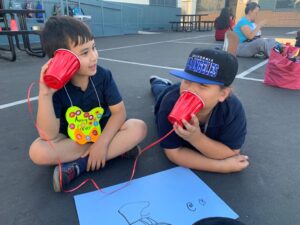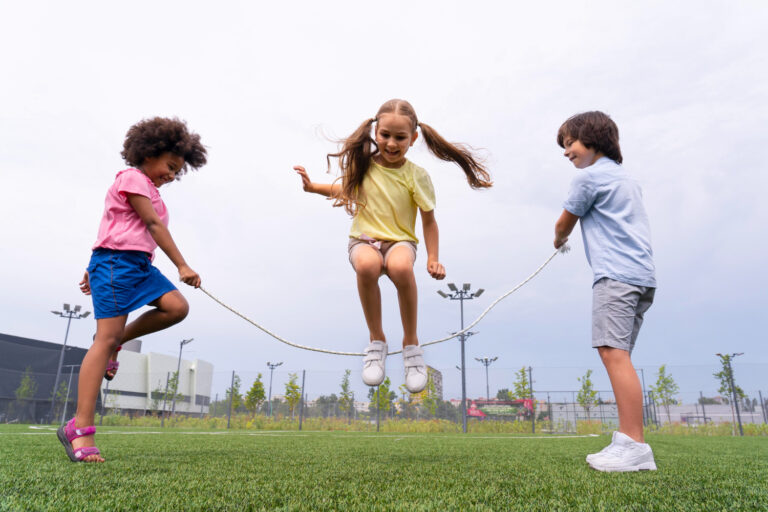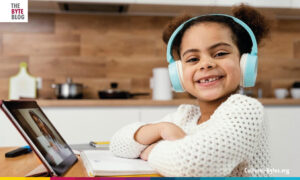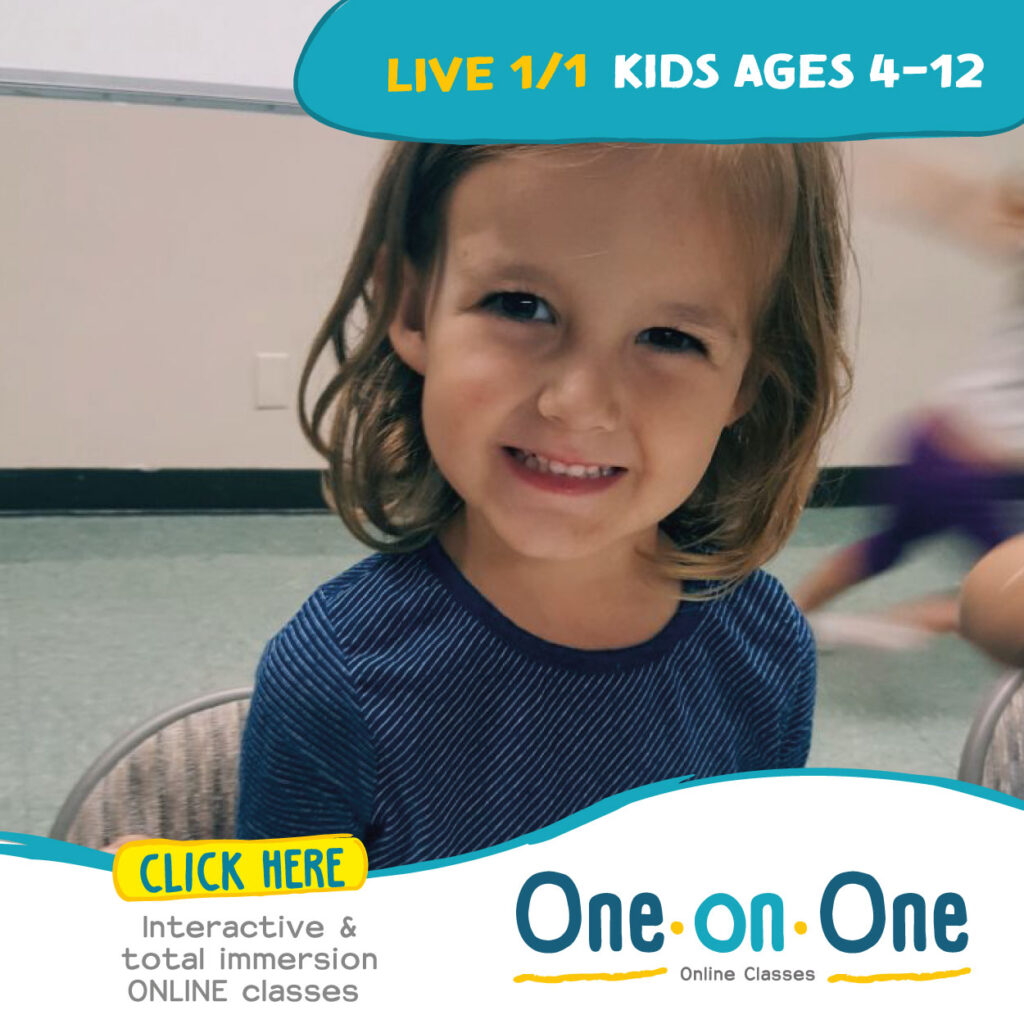What is a Kinesthetic Learner?
A kinesthetic learner is someone who prefers to be an ‘active participant’ rather than passive observer when learning. They love to use hands-on learning that allow them to interact with the environment around them.
How do I know if my child is a kinesthetic learner?
Take the Quiz below.
[ays_quiz id=”2″]
Signs of a kinesthetic learner include:
Have difficulty focusing for long periods of time
Enjoy sports and physical activity
Loves testing things by experimenting and creating
Is restless when they are sedentary
They are hand talkers and expressive in nature.
Prefer to be directly involved with the material they are learning
Need multisensory learning experiences
Enjoy active problem-solving
Like to touch and manipulate objects
May tap their foot or a pencil to help them concentrate
Enjoy constructing things and taking them apart
How to teach a kinesthetic learner?
Congratulations, you’ve determined your child/student is a kinesthetic learner! Now how do you move forward with that information while teaching them a new language? Here are some suggestions:
1. Use Props While Teaching
Kinesthetic learners are hands on and like to interact with the physical world around them. Pipe cleaners, rubber bands, playdoh, sticks, blocks, props and puppets – the possibilities that you can incorporate into lessons are as wide as your imagination. For example, if you are teaching a science lesson about magma and tectonic plates, create a baking soda volcano. Instead of drawing shapes on a whiteboard, have blocks or plastic shapes that the child can pick up and move around in their hands.
2. Incorporate Movement in Lessons
While some children will be distracted by movement, kinesthetic learners will thrive when their bodies get to play along with the concepts they are learning. Have your child jump rope while spelling a new vocabulary word. Set up two baskets to throw a ball in for “true or false” statements in the target language. As a bonus, getting to express themselves in energy might help with behavioral issues.
3. Take Frequent Breaks/Go Outside
Kinesthetic learners need frequent breaks. After a lesson or time spent in homework, encourage your child to do something physical for 5-10 minutes. Dancing, kicking a soccer ball around, or jumping on the trampoline will give them the reset they need to jump back into lessons.
4. Don’t neglect the other styles of learning!
While it’s important to understand and play to the strengths of your child’s preferred learning style, children will actually learn best through multisensory learning when all the sensory modes (visual, auditory, kinesthetic) are engaged. Adding visual aids such as diagrams, charts, and pictures will help develop their visual perception. Adding auditory queues, such as music and reading out loud will help your child develop active listening.
Did you know that Cultural Bytes incorporates all three types of learning (visual, auditory, and kinesthetic) in our In Person and Online Classes? Don’t wait another day to sign your child up and find out what the fun is all about.

We play games like balloon toss (Kinesthetic).

We color and draw almost every day (Visual).

We play music and language games (Auditory).







